How to Firm Up Soft Polymer Clay
Introduction
In
this article I’ll show you a few tips to help keep your clay firm and
workable even through the hottest months of the year. I’ll also show you
how to
soften polymer clay in the second article of this series, so if you’re
struggling with clay that's too hard, be sure to check out that page as well.
Very soft polymer clay is almost impossible to work with. It sticks to everything, and everything sticks to it, and worst of all, it can gum up your pasta machine. Some brands are more likely to be the culprits than others, but even the firmest brands can turn sticky during the summer. It's a relief to know that there are a few things you can do to firm up your clay.
Click here for a bullet point summary...
Why is your Polymer clay so soft?
Before we look at how to firm up soft polymer clay, let's find out why it's so soft in the first place.
Your clay contains chemicals called plasticizers. They are an oily substance that makes your clay soft. The more plasticizers, the softer the clay. Different brands of clay contain different amounts of plasticizer. Fresh clay contains more plasticizer than old clay, and plasticizers are more active when they are warmed up. So there are basically four reasons why your polymer clay may be too soft:
- You may have overworked your clay making it too warm. In this case, ignore the rest of this article and go and bung your clay in the freezer for a few minutes. Cooling it down will firm it back up in no time.
- The brand you are using may just contain too much plasticizer for your liking.
- The clay you are using may be really fresh.
- The clay may be too warm because the summer has turned your work area into a sauna.
Bear in mind that polymer clay will behave differently depending on the temperature, and you may want to use a softer brand in the winter and a firmer brand in the summer.
So let's have a look at some solutions:
Switching to or mixing in a firmer brand
The easiest solution is to switch to, or mix in, a firmer brand:
- Premo and Fimo Soft, in particular, tend to be softer than other brands. Cernit and Pardo can also be quite soft if they are very fresh. If you are using one of these brands and you are struggling with the clay being too soft, the simplest solution is to switch to a firmer brand like Kato or Fimo Professional. You'll be glad you did - see my article: 14 Things I Love About Kato Polymer Clay to find out why.
- Mixing your soft polymer clay brand with a firmer brand can also work. Personally, I find that mixing brands is the best solution. It's the easiest, quickest way to end up with the perfect clay consistency no matter what temperature I am working in. My favorite mix is Kato and Premo. In hotter weather I mix in more Kato. In cooler weather I mix in more Premo.
- If your clay is really fresh, mixing it with some older polymer clay is an easy solution. Mixing your fresh clay with some older clay will spread the extra plasticizers out a bit and make your clay less sticky and more workable.
Cooling Soft polymer clay
If you don't want to switch brands for some
reason (Premo's color range is so tempting!) cooling the clay down is the next best solution.
- Put your polymer clay in the freezer for ten minutes or so before you work with it. It will stay cool and less sticky for a while.
- To keep your clay cold after you take it out of the freezer, keep a bag of ice beside you. Whenever the clay starts to get soft, just let it sit on the ice bag for a few minutes before you carry on working with it. Return it to the freezer periodically when it starts to get sticky again.
- Keeping
a bowl of ice water on your bench can help. Regularly dip your hands in
it to keep them cool. This can reduce the amount of heat being
transferred to your clay.
- Working on a cool surface can also help. I work on a glass
surface and it makes a big difference. It’s also safer than working on a
kitchen counter or wooden table top.
- Air condition your work area. (I know - I wish!)
Leaching soft Polymer clay
Leaching some of the plasticizers from soft polymer clay will reduce its stickiness and make it more workable. However, please be aware that leaching weakens the clay and can make it brittle, especially if you go too far. Leaching definitely has its place, but the other options listed above are safer. If you do decide to go ahead and leach your polyclay, just be careful not to overdo it. (Here's what to do if you go too far.)
How To Leach Soft Polymer Clay:
- Leave your polyclay to air for a while. If you are using a firmer polymer clay brand but it still feels a bit soft, it is probably just really fresh. Leaving it out to air for a few days usually releases some of the plasticizers and fixes it. Take it out of its plastic coating and leave it out in the open covered with a plain piece of paper to protect it from dust and floating cat hair. (Please bear in mind that this method will have very little effect on the softer brands though.)
- To speed things up a bit, place your
chosen clay between two pieces of plain printing paper. Place something
non-porous but heavy over the top, and it should be ready by the next
day. The thinner you roll the clay, the quicker it will leach. (This method will work on the soft polymer clay brands too.)
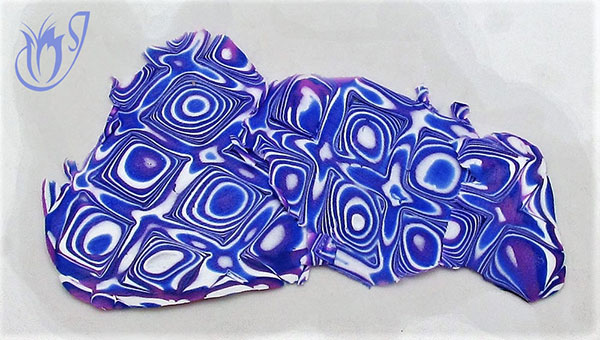 The dark areas on the paper are the oils leaching out of the clay.
The dark areas on the paper are the oils leaching out of the clay.- If you’re in a hurry and need the clay right away, place your soft polymer clay between two pieces of plain paper and run your clay sandwich through the pasta machine. Start with the thickest setting and continue as far as the pasta machine will let you. Don’t force the paper and clay through as it will cause damage to the pasta machine. If you don't have a pasta machine you can just roll your clay between the paper sheets using an acrylic roller a few times. You should see the oils staining the paper as you go.
 The dark areas on the paper are the oils leaching out of the clay.
The dark areas on the paper are the oils leaching out of the clay.- You can also use cornstarch if you don’t have printing paper. Just put your polymer clay in a bowl of cornstarch and cover with more cornstarch. Leave this overnight and the clay should be ready. This isn’t the best method, as you’ll end up with a lot of cornstarch sticking to the clay, but it will do in a pinch.
Don't mix the the corn starch residue into your polymer clay. It will continue to leach it and your clay will become brittle. Running your clay under water should rinse most of the cornstarch off. Make sure to dry your clay properly before you work with it though. Water incorporated into your clay can cause cracks to appear during baking.
Don't mix the the cornstarch residue into your polymer clay. It will continue to leach it and your clay will become brittle. Running your clay under water should rinse most of the cornstarch off. Make sure to dry your clay properly before you work with it though. Water incorporated into your clay can cause cracks to appear during baking.
In Summary...
Very soft polymer clay is usually the result of one of three things:
- Your clay is too warm because you have overworked it, or because of the temperature of your work environment..
- Your clay has too much plasticizer in it because it is very fresh.
- Your clay has too much plasticizer in it because of the brand you have chosen.
You have three basic alternative remedies to choose from - see above for details on each of these:
- Switch to, or mix with a firmer brand.
- Cool your soft polymer clay down to harden it up.
- Leach some of the plasticizers from your clay.
If you decide to leach your polymer clay, be careful not to go too far. If you remove too many plasticizers your clay will become brittle and prone to breaking after baking.
Conclusion
I generally just use
the firmer brands for most of my work, or if I do use a softer brand I tend to mix some firmer clay with it. (Unless it is mid-winter and everything is freezing, in which case Premo is great.)
However, due to high summer temperatures even the firmer brands get too soft sometimes. It pays to have all of the above information at your disposal so that you can choose the best and easiest solution for your particular situation. If you get stuck let me know in the comments below and I'll try to help.
And remember, please do have a look at my
article on how to soften polymer clay if you are struggling with some of your clay being too hard.
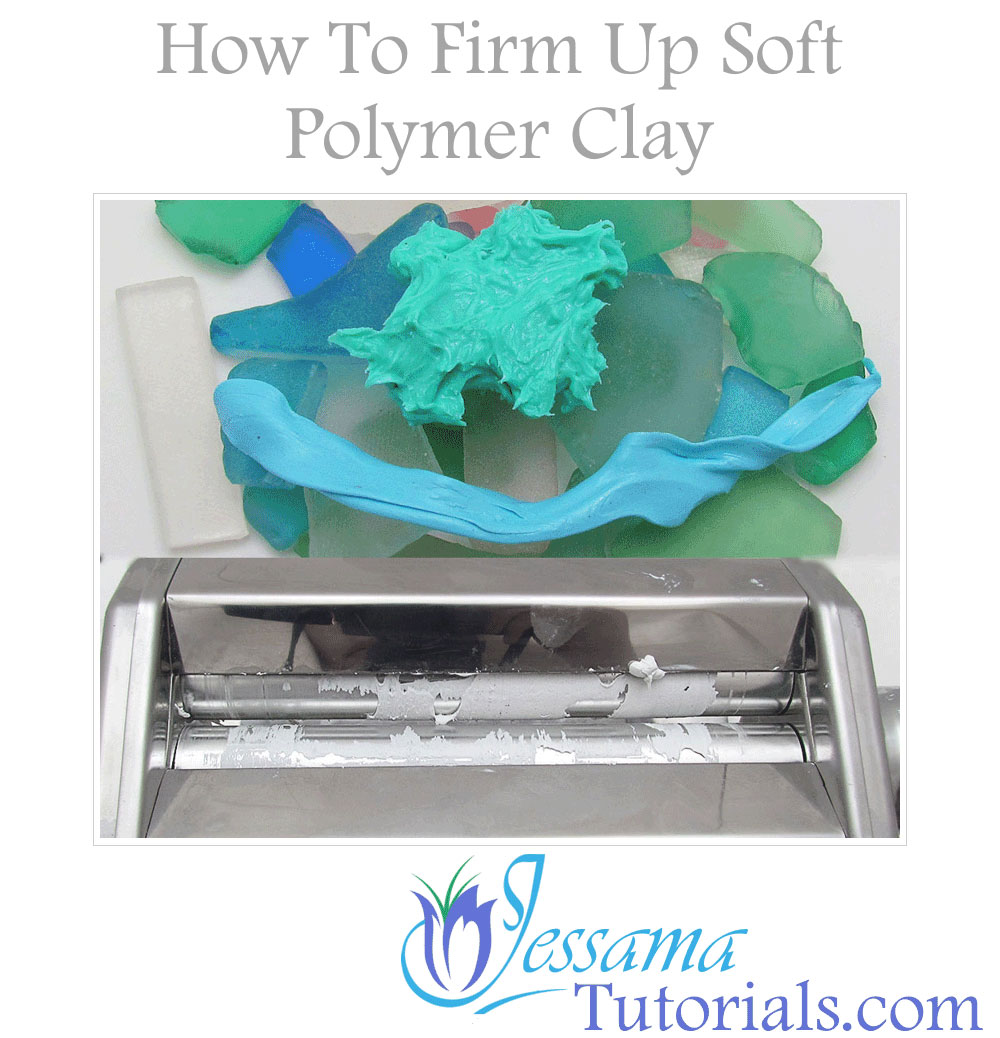
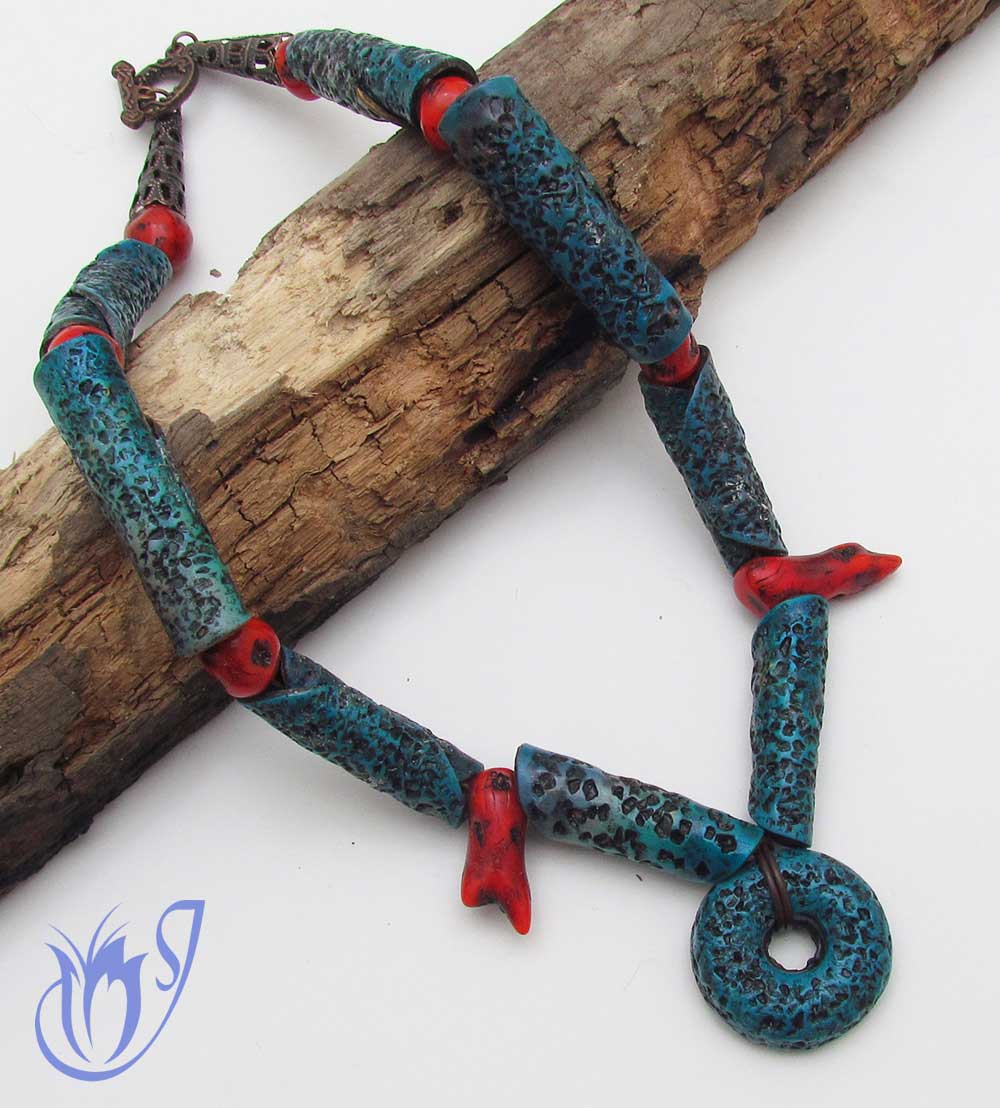
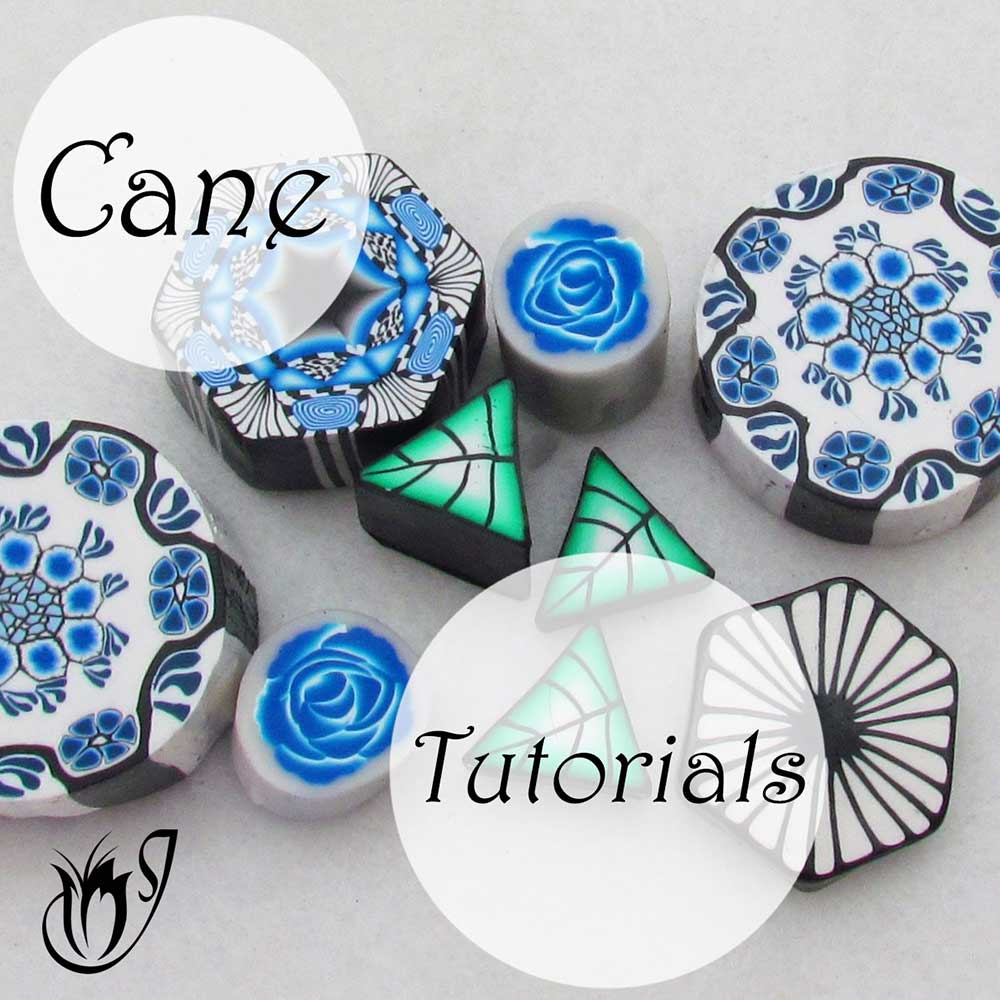
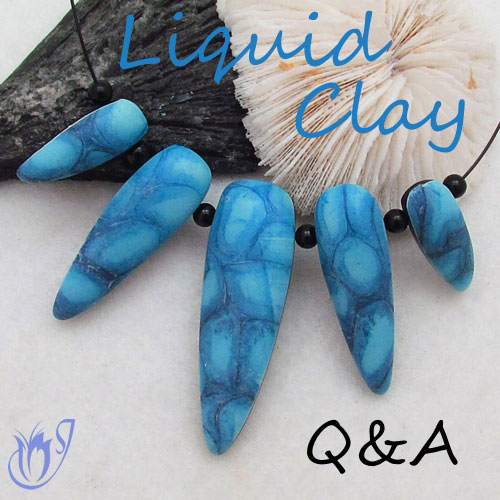

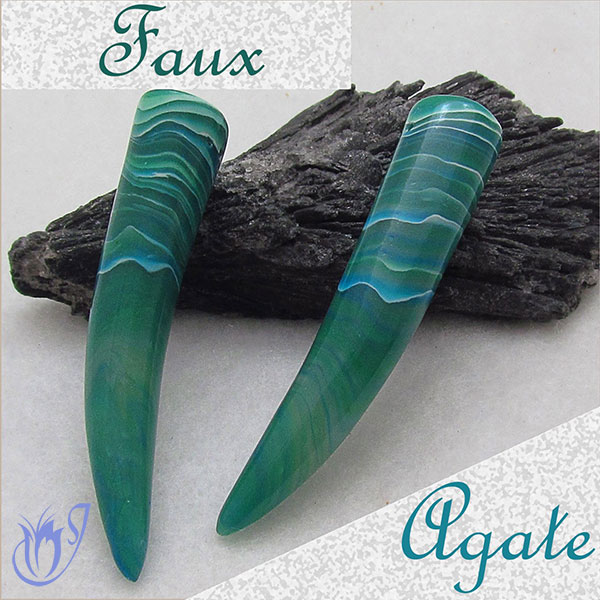











Please leave your comments below: